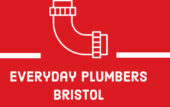How to Clear a Blocked Sewer Line: Tips and Tricks
Dealing with a blocked sewer line can be a homeowner’s nightmare. It’s a problem that can lead to foul odors, backed-up drains, and potential damage to your property. Fortunately, there are ways to address this issue effectively. Plumber Bristol will guide you through the process of clearing a blocked sewer line, providing you with valuable tips and tricks to get your plumbing back in order.
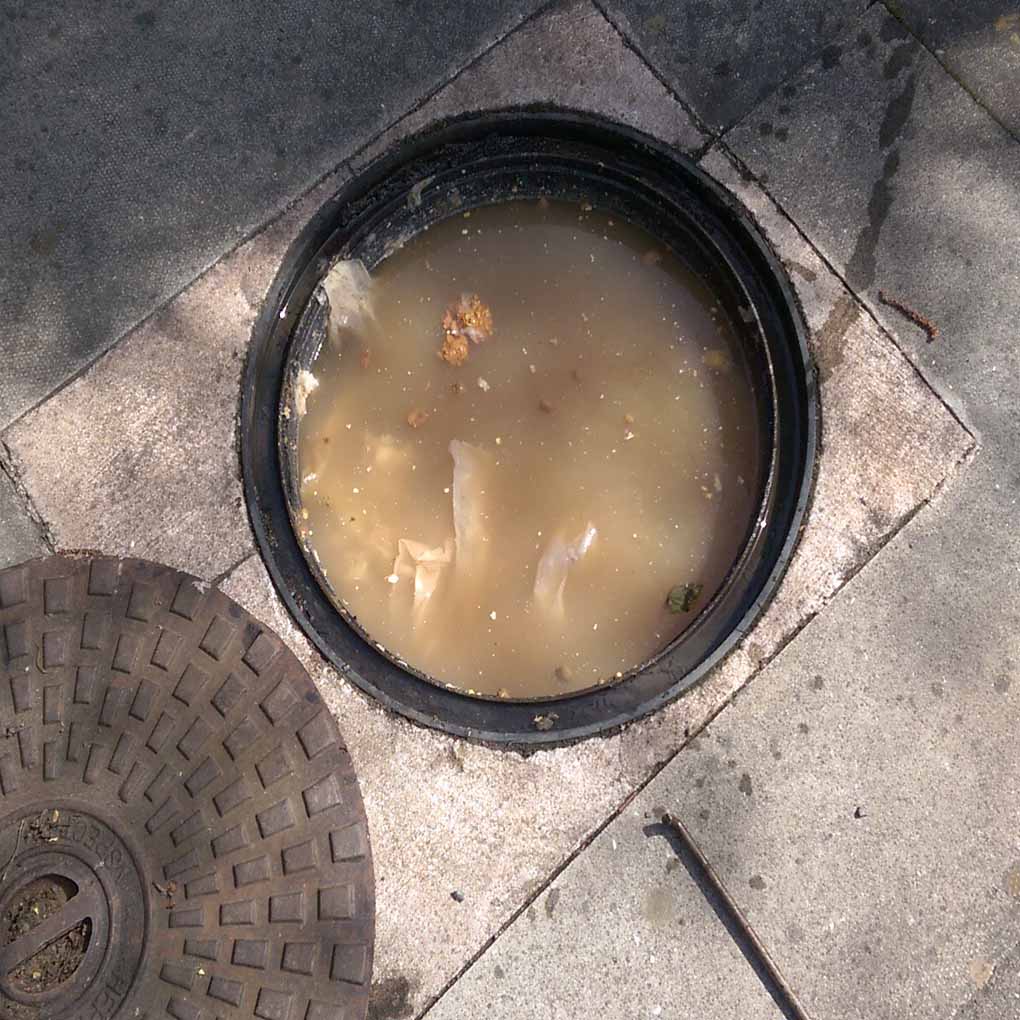
A blocked sewer line can be a homeowner’s nightmare, causing not only inconvenience but also potential health hazards and costly repairs. Understanding the signs of a blocked sewer line, its causes, and how to address it can save time, money, and stress. This article delves into the symptoms, causes, and solutions for blocked sewer lines, offering insights and advice to help keep your plumbing system in top shape.
Understanding the Signs of a Blocked Sewer Line
Before diving into the solutions, it’s crucial to recognize the signs of a blocked sewer line. These may include slow drainage, gurgling sounds from drains, foul odors, and sewage backups in toilets or sinks. Identifying the problem early can save you from more extensive damage and costly repairs.
Symptoms and Signs of a Blocked Sewer Line
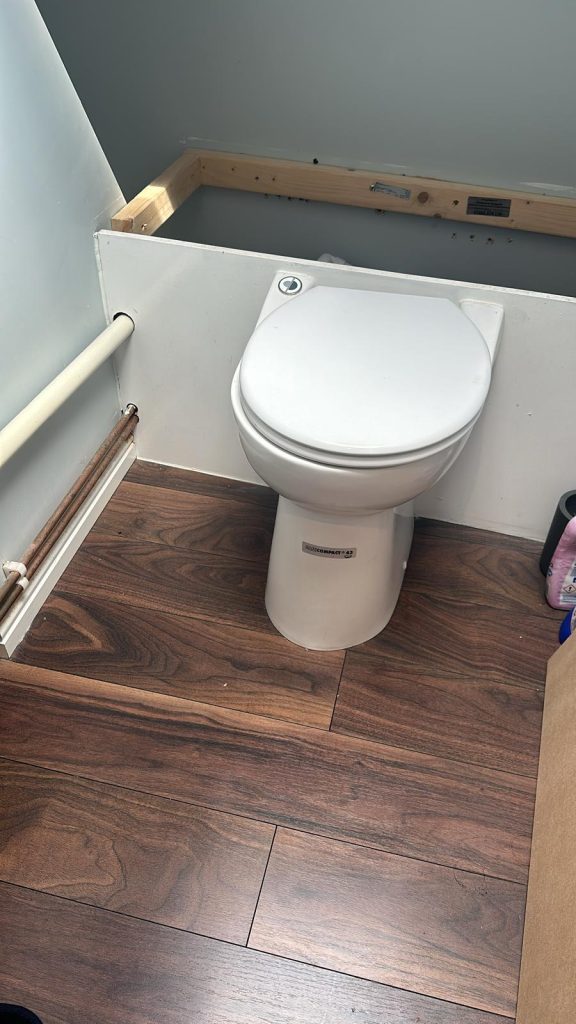
Identifying the symptoms of a blocked sewer line early can prevent more severe problems. Here are some common signs to watch for:
- Slow Draining Sinks and Bathtubs – If you notice that water is draining slowly from your sinks, bathtubs, or showers, it could be a sign of a partial blockage in the sewer line.
- Gurgling Sounds in Plumbing – Gurgling sounds from your drains or toilet.
Safety Precautions Before You Begin To Deal With Blocked Sewer Line
Safety should be your top priority when dealing with a blocked sewer line. Ensure that you wear protective gear, including gloves and safety goggles, to prevent contact with sewage or harmful chemicals. Additionally, make sure the area is well-ventilated.
Tools and Materials You’ll Need
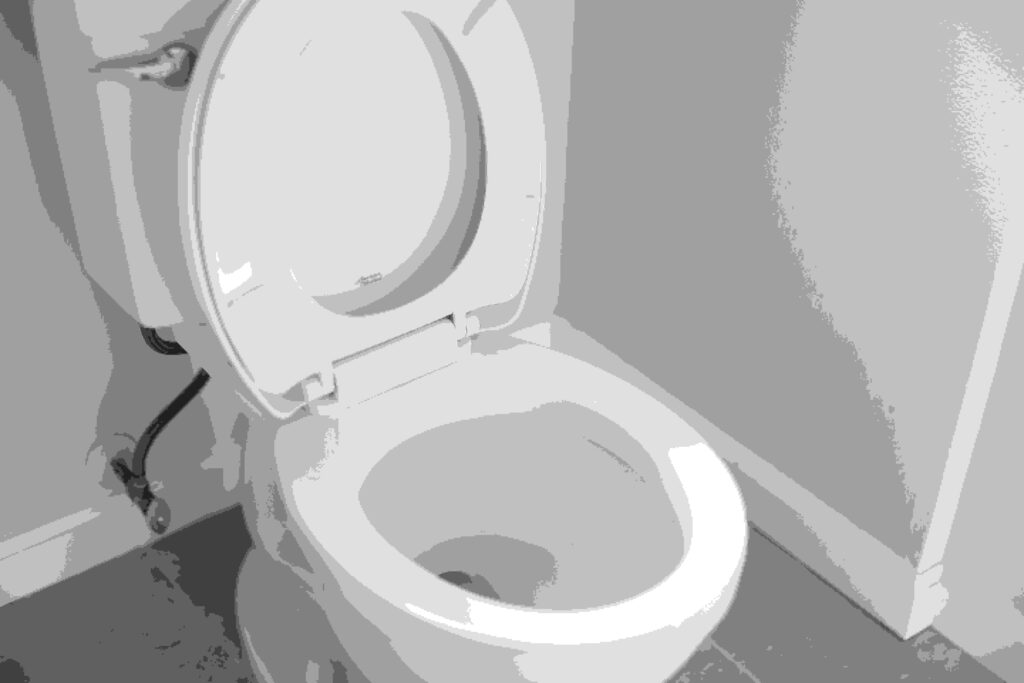
To tackle the blockage effectively, gather the following tools and materials:
- Plunger – A plunger is a basic yet effective tool for dealing with minor blockages. It’s easy to use and can often resolve simple clogs in sinks and toilets.
- plumber snake or auger – A plumbing snake, or drain auger, is another essential tool. It’s flexible and can reach deep into pipes to break up and remove blockages.
- Bucket
- Rubber gloves
- Safety goggles
- Drain cleaning chemicals (if desired)
- Hose or pressure washer (optional) – For more stubborn blockages, a hydro-jet can be very effective. It uses high-pressure water to clear debris and clean the inside of pipes.
- Sewer Camera – A sewer camera is useful for diagnosing serious blockages.
Plunger Power for Blocked Sewer Line
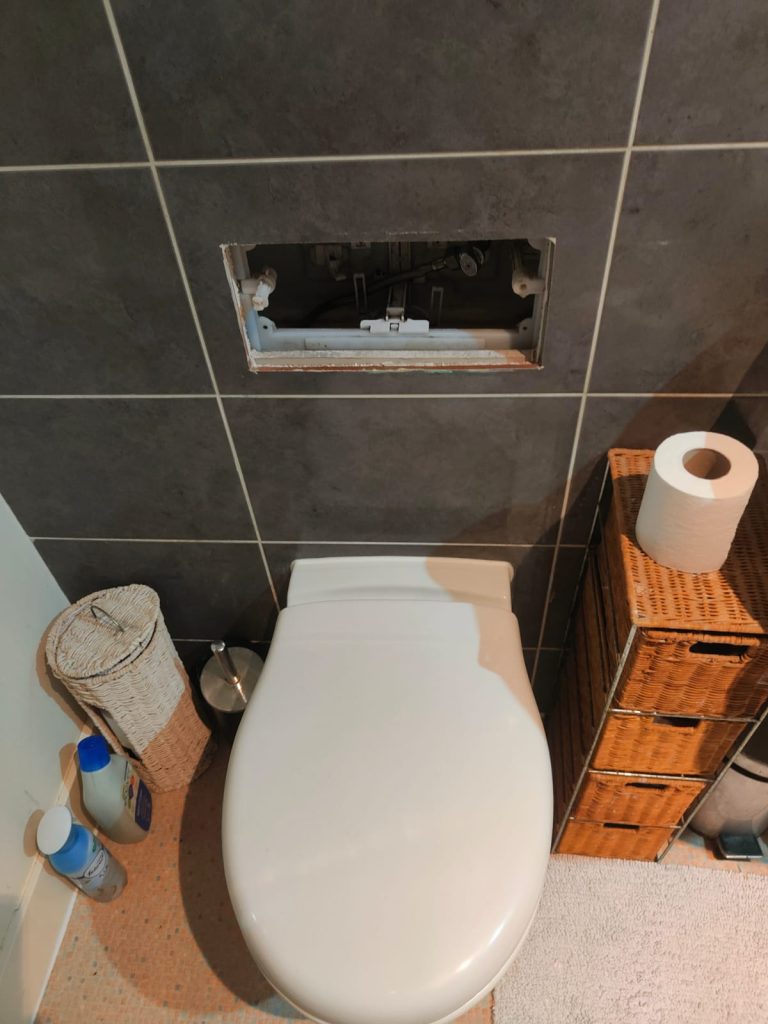
- Start by filling the blocked drain or toilet with enough water to cover the plunger’s head.
- Place the plunger over the drain or toilet and ensure a tight seal.
- Push and pull the plunger vigorously, maintaining the seal. This action creates pressure that may dislodge the blockage.
- Continue plunging until the water starts to drain freely.
Plumbing Snake
- Insert the plumbing snake into the blocked drain or sewer cleanout access.
- Rotate the snake’s handle clockwise while feeding it into the pipe.
- Keep pushing the snake until you encounter resistance.
- Rotate the snake counterclockwise to break through the blockage.
- Slowly retract the snake while continuing to rotate it.
- Run water down the drain to ensure the blockage is cleared.
Chemical Drain Cleaners for Blocked Sewer Line
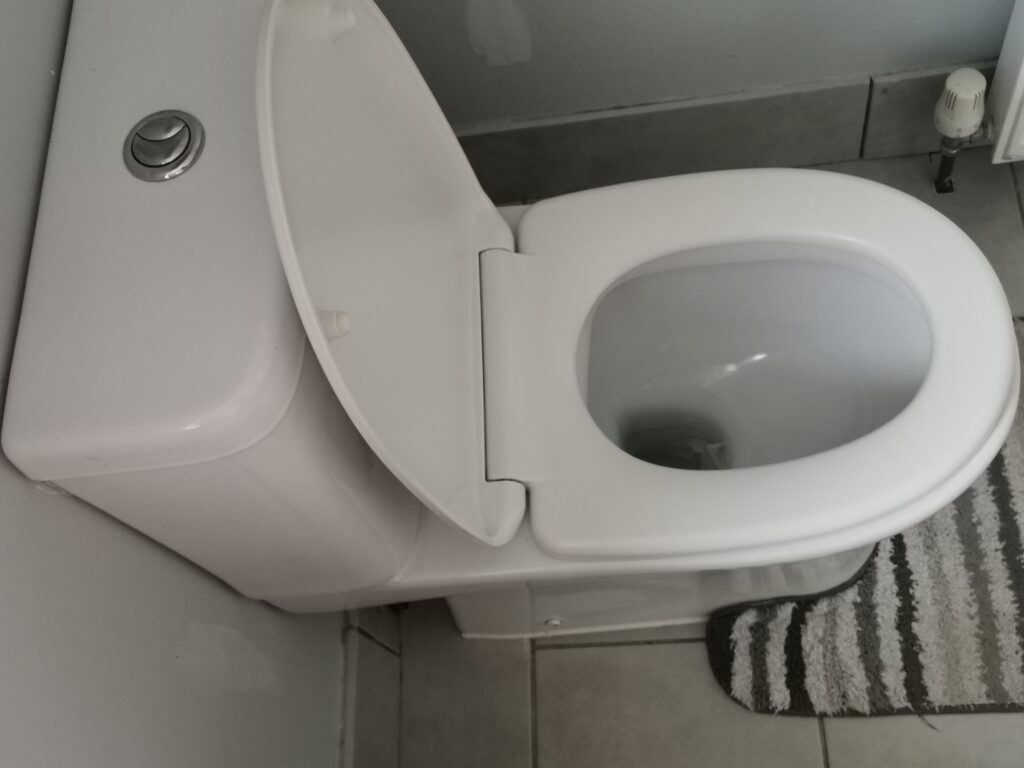
Caution: Chemical drain cleaners can be harsh and potentially damage pipes. Use them as a last resort and follow the manufacturer’s instructions carefully.
- Pour the recommended amount of chemical drain cleaner down the blocked drain.
- Let it sit for the specified time to dissolve the blockage.
- Flush the drain with hot water to clear any remaining debris.
When to Call a Professional
If your efforts to clear the sewer line fail or if you’re uncomfortable tackling the problem yourself, it’s best to call a professional plumber. They have the expertise and equipment to address more complex blockages and potential sewer line damage.
Preventing Future Blockages
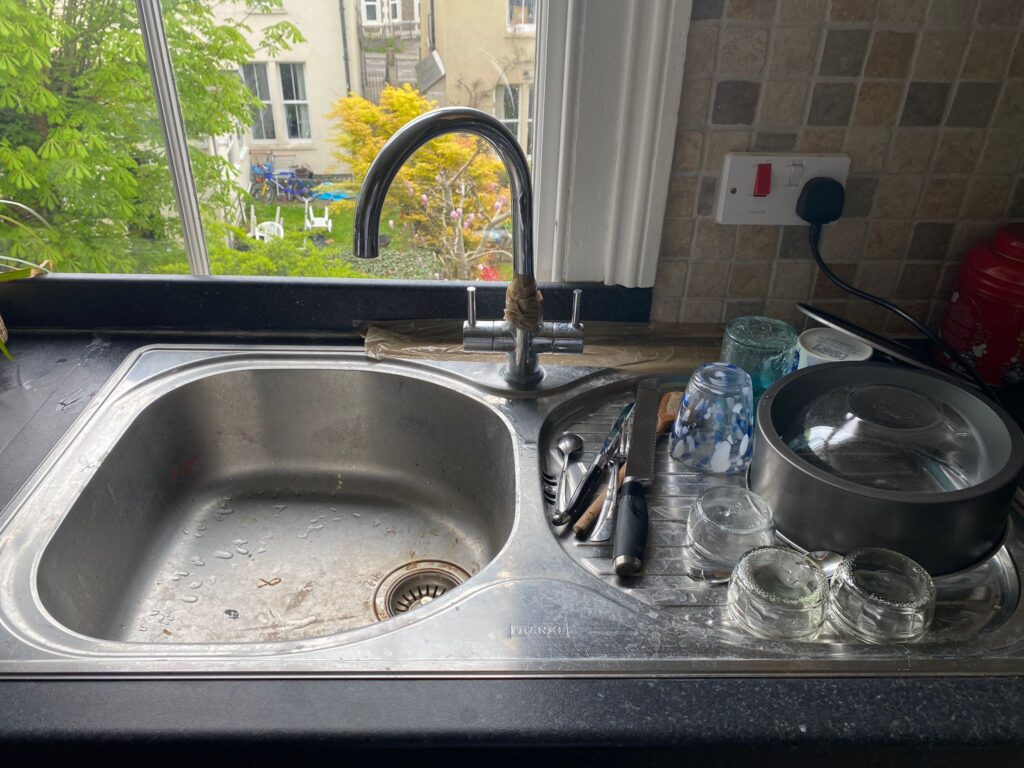
To avoid future sewer line blockages, consider these preventive measures:
- Dispose of grease and cooking oil in the trash, not down the drain.
- Use drain screens to catch hair and debris.
- Regularly clean your drains with a mixture of baking soda and vinegar.
- Avoid flushing non-flushable items down the toilet.
Clearing a blocked sewer line can be a challenging task, but with the right tools and techniques, it’s possible to restore your plumbing’s functionality. Remember to prioritize safety, and don’t hesitate to seek professional help if needed. By following these tips and tricks, you can tackle this common household issue effectively.
Read about adjusting water temperature at your home.
Types and Categories of Blocked Sewer Lines
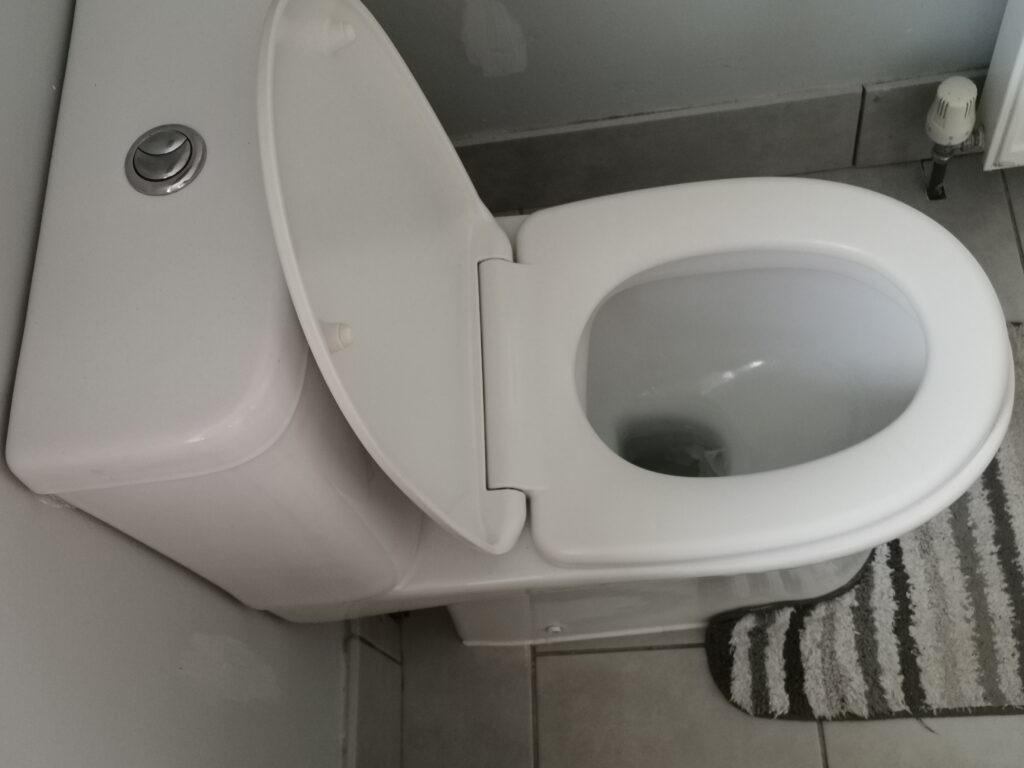
Blocked sewer lines can be categorized based on their location and severity:
- Main Sewer Line Blockages – Main sewer line blockages occur in the primary line that connects your home’s plumbing system to the municipal sewer system. These blockages can affect all the plumbing fixtures in your home simultaneously.
- Secondary Line Blockages – Secondary line blockages occur in the smaller pipes that lead to the main sewer line. These typically affect specific fixtures, such as a single sink or toilet, rather than the entire plumbing system.
- Partial vs. Complete Blockages – Partial blockages allow some wastewater to pass through but slow down the drainage process. Complete blockages, on the other hand, completely obstruct the flow of wastewater, leading to significant plumbing issues and potential backups.
FAQs about Blocked Sewer Line
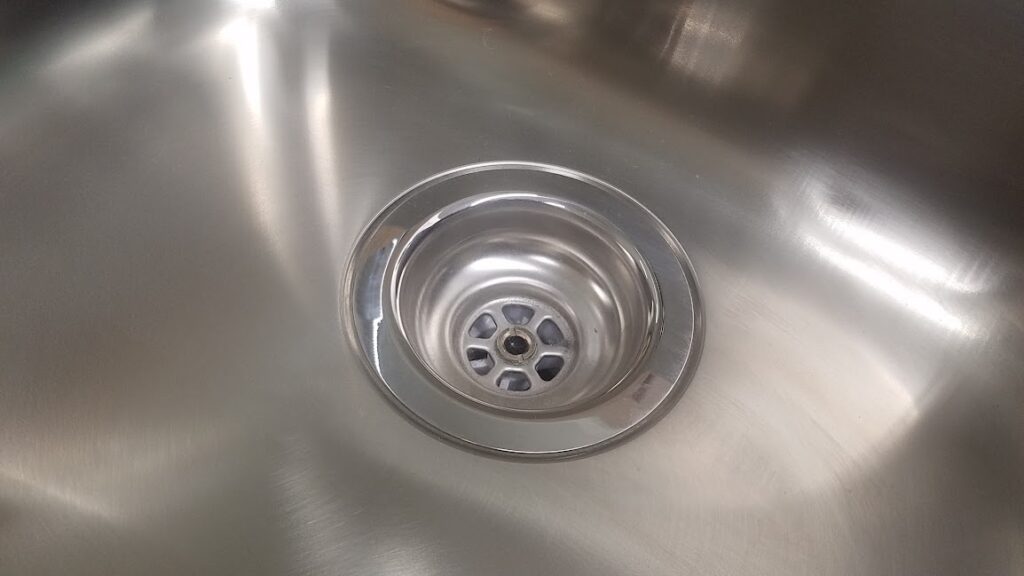
- Can I use a plunger on any drain blockage? Plungers are effective for many types of blockages, but they work best on sinks and toilets. For more stubborn blockages, consider using a plumbing snake.
- Are chemical drain cleaners safe for the environment? Most chemical drain cleaners are not environmentally friendly and should be used sparingly. Consider alternative methods like baking soda and vinegar for eco-friendly drain cleaning.
- How often should I clean my drains to prevent blockages? It’s a good practice to clean your drains with a homemade solution of baking soda and vinegar once a month to prevent buildup.
- What is a sewer cleanout access, and where can I find it? A sewer cleanout access is a pipe with a removable cap that provides direct access to your sewer line. It’s typically located in your yard or basement, and it’s used for clearing blockages and inspections.
- What should I do if I suspect a damaged sewer line? If you suspect a damaged sewer line, it’s crucial to contact a professional plumber for an inspection and repairs. Ignoring a damaged sewer line can lead to costly and messy issues.
